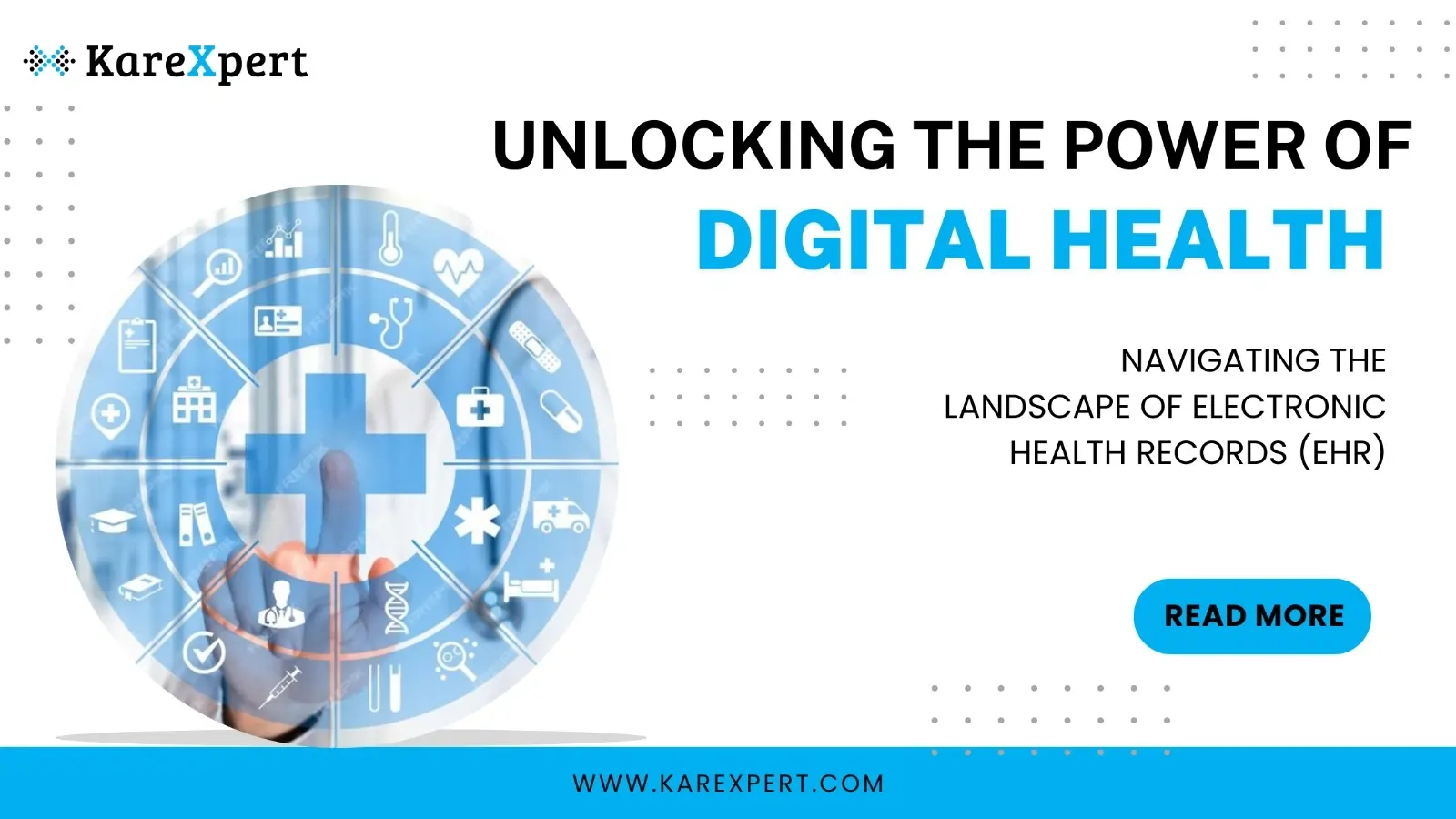Unlocking the Power of Digital Health: Navigating the Landscape of Electronic Health Records (EHR)

The healthcare landscape has witnessed a digital revolution, at the heart of which lie Electronic Health Records (EHR). These digital records have replaced the cumbersome paper charts traditionally used by hospitals and clinics, offering a new way to capture and organize patient data.
Understanding EHRs
Electronic Health Records (EHR) are real-time, patient-centered digital records that make information available instantly and securely to authorized users. Whereas a paper record is often confined to a single location, EHRs can be shared across various health care settings, including outpatient facilities, laboratories, pharmacies, emergency facilities, and school and workplace clinics.
An EHR typically includes a patient’s medical history, diagnoses, medications, treatment plans, immunization dates, allergies, radiological images, and laboratory test results. EHRs are designed to collect and compile data from all the clinicians involved in a patient’s care.
The Advantages of EHR Systems
EHR systems offer numerous benefits over their paper counterparts. One primary advantage is accessibility. Physicians can access patient data from virtually anywhere, which is vital for rapid decision-making that can save lives. EHRs provide better coordination among healthcare teams, leading to more efficient care and a reduction in errors associated with miscommunication.
Electronic records also facilitate easier follow-ups and information sharing, establishing a smoother care experience for the patient. They streamline and automate provider workflow, enabling an integrated approach to scheduling, billing, and managing health outcomes.
Streamlining the Medication Dispensing Process
Pharmacy Management Systems enable pharmacies to manage their dispensing process with greater precision and control, ensuring that patients receive their medications on time and in the correct dosage. Advanced PMS platforms utilize electronic prescriptions, which reduce the likelihood of misinterpretation associated with handwritten prescriptions. This not only speeds up the dispensing process but also improves accuracy and safety.
Challenges in Implementing EHRs
Despite their numerous benefits, implementing EHR systems is not without challenges. These include the initial cost, ongoing maintenance expenses, and the need for comprehensive training for medical staff. Additionally, concerns about patient data privacy and security are paramount, as digital records are vulnerable to cyber-attacks.
There is also the issue of interoperability. Health information needs to be easily exchanged between different EHR systems and networks to achieve a fully functional digital health landscape. Currently, this remains a landscape of varied compatibility among providers and health networks.
Strategies for Effective EHR Implementation
Implementing EHR systems requires careful planning and strategic execution. A successful transition from paper to digital records should include:
Staff Involvement: Including the clinicians and staff in the selection and implementation process ensures the systems meet the users’ needs and eases the transition.
Training Programs: Regular and comprehensive training sessions are necessary to familiarize all users with the new systems.
Staging the Implementation: Instead of a complete switchover, a staged approach can help identify and address problems on a smaller scale before a full roll-out.
Prioritizing Data Security: Putting robust cybersecurity measures in place to protect patient data from unauthorized access is crucial.
Fostering Interoperability: Selecting EHR systems that can communicate across networks and updating them as needed to maintain compatibility is vital.
The Future of EHRs
The future of EHRs promises even greater integration with other aspects of digital health. With advancements in artificial intelligence and machine learning, EHRs are expected to become more predictive, aiding in clinical decision-making by presenting relevant patient information proactively
The integration with telehealth services is already in progress, and as more IoT devices come into play, EHRs will continue to evolve, incorporating new types of data and insights, like real-time vital monitoring. The aggregation of this data can lead to improved population health management, pinpointing trends and potential public health issues before they become widespread.
Conclusion
The journey of embracing EHRs is well underway, leading to a more streamlined, efficient, and effective healthcare delivery system. While the landscape is still fraught with challenges, the push towards full digital integration is relentless and promising. The true power of digital health lies not just in capturing data but in effectively leveraging these records to enhance the quality of patient care, drive down costs, and secure data. The digital health revolution is here to stay, and EHRs are its cornerstone.
